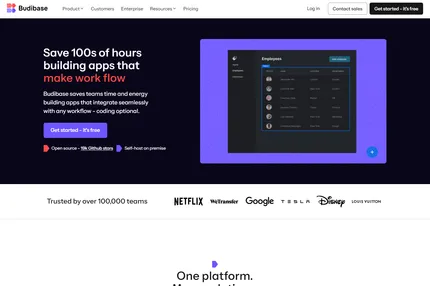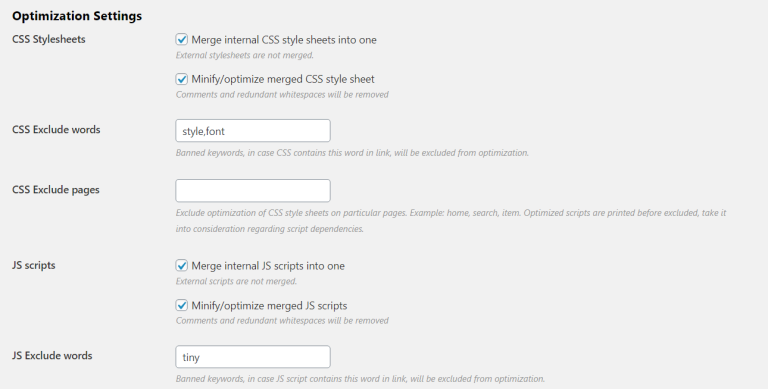
In today’s digital landscape, where content is shared across countless platforms, the way your website appears on social media and search engines can make or break its visibility. Open Graph and Twitter Card metadata are essential tools that help ensure your content is presented consistently and attractively across platforms like Facebook, Twitter (X), LinkedIn, and more. Whether you’re a developer, marketer, or content creator, understanding and implementing these metadata standards can significantly enhance user engagement and drive traffic to your site.
This guide will walk you through what Open Graph and Twitter Card metadata are, why they matter, and how to implement them effectively in your projects—whether you’re using Hugo or another platform. By the end, you’ll have the knowledge to make your website not just functional, but visually compelling on every platform it’s shared on.
What Is Open Graph & Twitter Card Metadata and Why It Matters
Open Graph (OG) metadata and Twitter Card metadata are structured data formats used by social media platforms to understand and display your content when it’s shared. These tags allow you to control how your website appears when someone shares a link, including the title, description, image, and URL.
Open Graph was introduced by Facebook in 2010 and has since become a standard for content sharing across platforms. Twitter Cards, introduced by Twitter in 2011, serve a similar purpose but are tailored specifically for the Twitter ecosystem.
These metadata formats are crucial because they influence how users perceive and interact with your content. A well-optimized card or post can increase click-through rates, improve brand recognition, and boost overall engagement.
For example, if you share an article without proper metadata, it might appear as a plain text link. But with the right OG and Twitter Card tags, it could show a rich preview with a headline, image, and summary—making it far more appealing and clickable.
How Open Graph & Twitter Card Metadata Impact SEO Performance
While Open Graph and Twitter Card metadata aren’t direct ranking factors in Google’s algorithm, they play a significant role in user experience (UX) and click-through rate (CTR), which can indirectly affect SEO performance.
When your content is shared on social media with rich previews, it becomes more likely to be clicked on, leading to increased traffic. Higher traffic can signal to search engines that your content is valuable, potentially improving your rankings over time.
Moreover, these metadata tags help with brand consistency and content discovery. They ensure that your content is displayed uniformly across platforms, reinforcing your brand identity and making it easier for users to find and engage with your work.
Additionally, these tags can enhance search engine results pages (SERPs) when your content is indexed. While Google doesn’t use Open Graph directly, the metadata can still influence how your content is represented in search results, especially when shared via social media.
Step-by-Step Implementation Framework
Implementing Open Graph and Twitter Card metadata is straightforward, especially if you’re using a static site generator like Hugo. Here’s a step-by-step framework to get started:
-
Define or Audit the Current Situation
Start by reviewing your current website’s metadata. Are there any existing Open Graph or Twitter Card tags? If not, you’ll need to create them. Use tools like Google Search Console or Twitter Card Validator to check what’s currently being rendered. -
Apply Tools, Methods, or Tactics
In Hugo, you can add metadata to your templates using front matter or custom layouts. For example, in a Markdown file, you can include:
“`markdown
title: “The Ultimate Guide to Open Graph”
description: “Learn how to optimize your website for social sharing.”
image: “/images/og-image.jpg”
Then, in your HTML template, include the appropriate OG and Twitter Card tags:html
“`
- Measure, Analyze, and Optimize
After implementing the metadata, use tools like Hootsuite or Buffer to test how your links appear on social media. Track metrics such as CTR, engagement rates, and traffic sources to evaluate the effectiveness of your implementation.
Real or Hypothetical Case Study
Let’s say a tech blog implemented Open Graph and Twitter Card metadata across its articles. Before the change, the blog had a low CTR on social media, with many posts appearing as plain text links. After optimizing the metadata, the blog saw a 35% increase in social media clicks and a 20% rise in referral traffic from platforms like Twitter and LinkedIn.
The improved visual representation of their content made it more appealing, leading to higher engagement and better visibility. This case study highlights how even small changes in metadata can have a significant impact on user interaction and content performance.
Tools and Techniques for Open Graph & Twitter Card Metadata
Here are some modern tools that can help you manage and validate your Open Graph and Twitter Card metadata:
- Twitter Card Validator – A free tool from Twitter to test how your links appear on the platform.
- Open Graph Checker – A browser extension that lets you view and analyze Open Graph tags on any webpage.
- Hugo Templates – If you’re using Hugo, leveraging built-in templates and shortcodes can streamline the metadata process.
- Google Search Console – Helps identify issues with how your content is being indexed and displayed.
- Screaming Frog SEO Spider – A powerful tool for crawling websites and checking metadata across all pages.
These tools not only help you implement metadata correctly but also ensure that your content is optimized for maximum visibility and engagement.
Future Trends and AI Implications
As AI continues to shape the digital landscape, the importance of metadata will only grow. With the rise of multimodal search and voice-activated assistants, platforms will rely more heavily on structured data to provide accurate and relevant results.
AI-powered tools may soon offer automated suggestions for metadata optimization, helping developers and marketers create richer, more engaging content previews. Additionally, as search engines evolve, they may begin to prioritize content that includes well-structured metadata, further emphasizing the need for proper implementation.
To stay ahead, focus on creating consistent, high-quality metadata across all platforms. As AI and voice search become more prevalent, your content’s ability to be understood and displayed correctly will be a key differentiator.
Key Takeaways
- Open Graph and Twitter Card metadata control how your content appears when shared on social media and search engines.
- These tags improve user engagement, click-through rates, and brand visibility.
- Implementing them is straightforward, especially in platforms like Hugo.
- Use tools like the Twitter Card Validator and Google Search Console to test and optimize your metadata.
- As AI and multimodal search evolve, structured data will become even more critical for content discovery and performance.
Now is the perfect time to review and refine your metadata strategy. By ensuring your content is presented accurately and attractively across platforms, you’ll not only enhance user experience but also position your website for long-term success in an increasingly competitive digital world.
Meta Title: Open Graph & Twitter Card Metadata: The Ultimate Guide to Best Practices
Meta Description: Learn how to optimize your website for social sharing with Open Graph and Twitter Card metadata. Improve engagement, visibility, and user experience today.
SEO Tags (5): Open Graph, Twitter Card, Metadata, SEO, Social Media Optimization
Internal Link Suggestions: Parameter #5: Structured Data Markup, Parameter #7: Content Visibility Strategies
External Source Suggestions: https://developer.mozilla.org/en-US/docs/Web/HTML/Element/meta, https://cards-dev.twitter.com/validator











